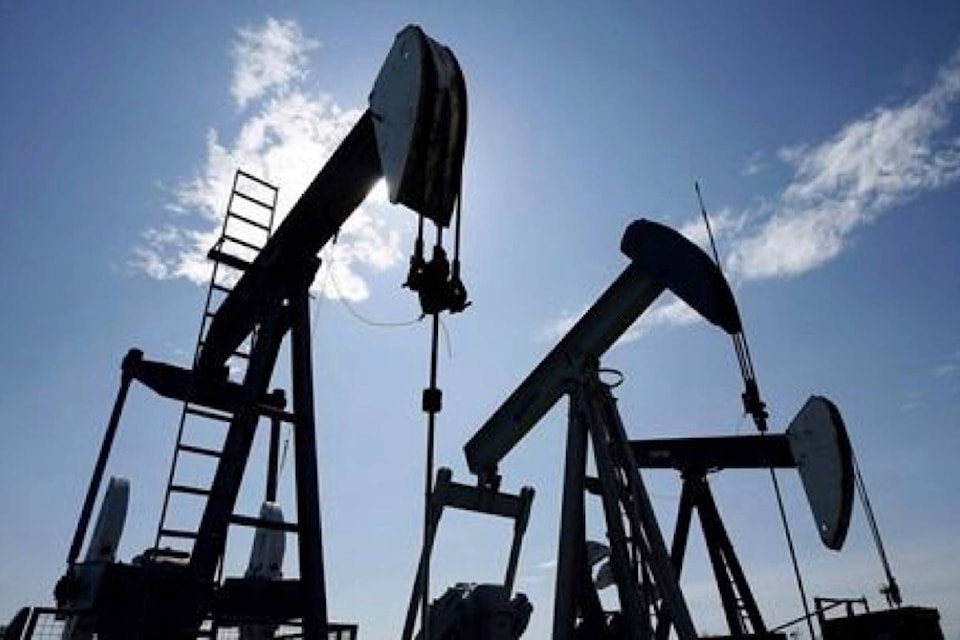The number of active drilling rigs is down so far this year, says an ATB report.
The average number of active rigs over the first nine months of 2019 was 92 compared to 140 over the same period last year. This represents a drop of 34 per cent.
With pipelines full, natural gas prices weak, and uncertainty around when new pipe and liquefied natural gas (LNG) export capacity will be online, companies and investors are reluctant to engage in more drilling.
The annual average for active drilling rigs peaked at 382 during the 2005 natural gas boom and sat at 252 in 2014 before the oil price collapse triggered provincial recession of 2015-16. The annual average got as low as 81 in 2016, but bounced back to 147 in 2017 and 138 in 2018.
The rig count is an important bellwether of oil and gas exploration and production, says the report. It’s also a proxy for employment in the oil and gas field services sector.
According to the Canadian Association of Oilwell Drilling Contractors, each active rig represents about 21 direct jobs and 124 indirect jobs. With the average year-to-date rig count at just 92, this means the rigs were supporting almost 7,000 fewer workers (-34.1 per cent) over the January to September period this year compared to last year.
This does not represent all jobs lost in the oil and gas sector, but it is another way to highlight the tough year and how pipeline delays and other challenges are affecting workers and their families.
Send your news tips
Like us on Facebook and follow us on Twitter
